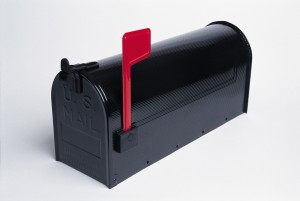 Link shortening services are a great way to reduce a long URL to a nice, short one. While these services have been around for quite a while, they’ve become very popular with the rise of Twitter and Facebook. While link shortening works well for social media posts, does it work well for email?
Link shortening services are a great way to reduce a long URL to a nice, short one. While these services have been around for quite a while, they’ve become very popular with the rise of Twitter and Facebook. While link shortening works well for social media posts, does it work well for email?
In a word, no.
While shortening links in emails (particularly text emails) is appealing, link shorteners are a favored tool by spammers. They like them because a shortened URL masks the true link that they want you to click on.
So how does this affect your email delivery? If a shortened link begins to appear in a large volume of spam, ISPs may block emails that include that particular link-shortening domain to block the spammers. If you are using the same link shortener in your emails, then your email messages may be inadvertently blocked, as well.
This can hurt your email deliverability rate.
Why take the risk? Send emails with an HTML version instead of plain text-only emails. With HTML email, you can easily link up text or images instead of putting the full URL in the message. (Most email marketing services primarily use HTML message builders.)
If you use a full URL, it’s probably better for your subscribers. After all, seeing exactly where a link points to is better than taking a risk clicking a shortened URL. Anything you can do to improve response on your email list is helpful, and using full links in your messages can improve your click-through rates. This can make a real difference in your fundraising and recruitment drives.
Link shorteners are great for social media, where space is at a premium. Just don’t use them in your email.
Hey! For less than the cost of a (print) mailing, you can easily build a political website for your campaign. Online Candidate sites feature a content management system, volunteer, and donation forms, social networking links, and more.
« 5 Common Campaign Twitter MistakesElection Day – Now and Throughout the Year »





